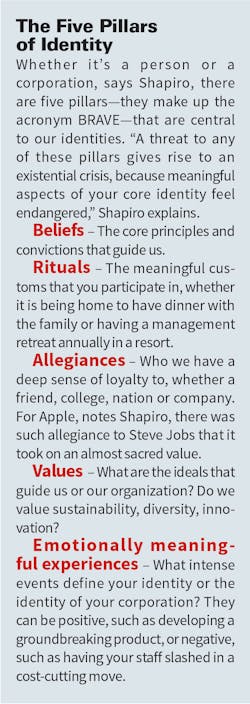The Situation: You have to make a decision about where to move production of a key part from a plant that is closing. Two top-performing plants are vying for the work, one of which was part of a recent acquisition. As the debate winds on, you see that your management team has split into two camps and little in the way of cold hard data seems to be persuading them one way or the other.
What's at issue? In a conflict like this, says Daniel Shapiro, founder and director of the Harvard International Negotiation Program, rational approaches to solving the problem rarely work because powerful emotions underlie the dispute and strike at the core of our identity.
"An emotionally charged conflict gets its 'charge' because it implicates fundamental aspects of your identity: who you are, what you hold as important and how you conceive of meaning in your life. In other words, it threatens you," Shapiro writes in his new book, Negotiating the Nonnegotiable: How to Resolve Your Most Emotionally Charged Conflicts, [Viking, 2016, 336 pages, $28.00].
But while there are fundamental aspects of our identities that are resistant to change, there are also aspects that are in constant flux. Those make up our "relational identity," our relationship with a person or group. It's possible to use the techniques in the book to break out of an us/them, win/lose framework and come to solutions that work for both sides.
"I would advise a leader to think through how you shape the way people deal with conflict in your organization to make it as versatile and effective as it can be," Shapiro told IndustryWeek.
Solving Conflicts. How can a reader move beyond the us/them impasse and, says Shapiro, "turn an adversary into a colleague"?
"One powerful tool that we found works in the business context is to ask advice. Rather than walking into a negotiation or difficult conflict and defending your position or attacking the other side, ask the other side's advice," he recommends.
"'Look, we've been dealing with this situation for two months. I feel miserable. It is difficult to come to work every day. I want to have an effective work relationship with you. What is your advice on how we could get along?'" Shapiro offers as an example. "Simply by asking that question, it can turn both sides into partners and you're 10 steps closer to resolving your conflict."




